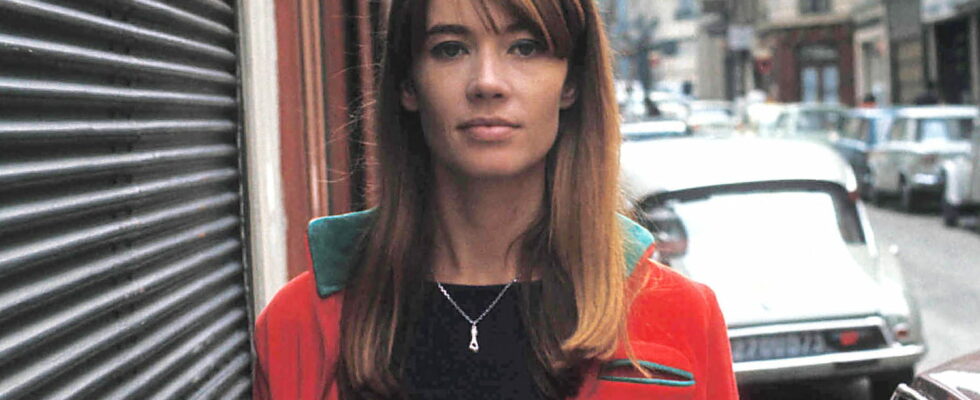This trend has been taking over fashion houses for several seasons. The last Paris fashion week, as well as the Saint Laurent fashion show, once again proved him right. Played by Françoise Hardy, she is emblematic of the Parisian style and gives an effortlessly chic look to all looks.
Gabrielle Chanel opened the way, cinema followed suit, Saint Laurent made the feat a reality and here it is available in all its forms. This fashion trend that appeared in the 1930s played an unprecedented role in female emancipation. Proudly worn by trendy women aspiring to greater independence, it liberated them in the movement and freed them from people’s gaze. If today it departs from its committed side to concentrate on aesthetics; at the time, it was deeply subversive.
Those who want to challenge the norm wear it consciously. As a reminder, the style of the 30’s, embodied in the 7th Art, is marked by the return of ultra femininity, sensuality, glamor to perfection. Accentuated curves, maxi necklines, embellished evening dresses, sumptuous materials and flashy accessories invade the big screens. Faced with this stylistic hegemony, stars like Marlene Dietrich are taking the opposite view and appearing in less sexualized looks. The actress diverts elements of the opposite sex’s wardrobe and makes them her own: pants, suit, tie, monocle… This is where the masculine-feminine trend is born.
A few decades later, French celebrities adopted it: among them, the late Françoise Hardy. In the 60’s, the singer sported an androgynous, “Parisian boyish” style that the world envied. Dazzled by her 1m72 and her slender silhouette, Yves Saint-Laurent chose her to embody his women’s tuxedo in 1966. From there, the history of this fashion icon is written. Like her predecessor, she steals pieces reserved for men and wears them with unparalleled know-how: sailor hat, fedora, suit jacket and pants, wide jeans, XXL trench coat…

Unlike the German who goes for the total look, Françoise Hardy incorporates the masculine into her style with subtle touches, with one or two men’s fashion pieces that she balances with the rest of the outfit: a fedora with a jacket-shorts set yé -yé girly, straight leather pants with heeled boots, a shirt worn as a short dress with a sailor cap… Where the masculine-feminine style was cross-dressing in the 30s, it became clothing in the 60s.

For several seasons, the masculine-feminine trend has taken over homes and seduced fashionistas in abundance: many of them wear blazers that are larger than necessary. Saint Laurent’s spring-summer 2025 show anchored it for good in the fashion essentials of 2025.
On the catwalk, women in double-breasted, oversized or more fitted suits, with ties (please!), defy the boundaries of gendered wardrobes. The show boosted the desirability of this already growing trend: searches for the keyword “masculine” jumped 31% according to Tagwalk.

It is also easy to adopt. No need to play the total look card like the Saint Laurent or Marlene Dietrich models in the past: simply wear a piece or accessory known as masculine to give your outfit this masculine-feminine style and infuse it with that “I don’t know what” from Parisian.
The simple option: the suit jacket. On a dress, jeans, or a t-shirt: it gives a bit of structure to a more casual look. The “officewear” option: the pleated pants and sleeveless suit vest set, which has flooded ready-to-wear stores in recent years.
The daring option: the “power accessory” like the tie. The discreet option: boat shoes or moccasins, which made a strong comeback last spring-summer. The economical option: the shirt tailored for a man, worn as a dress or as an open overshirt over an outfit.
